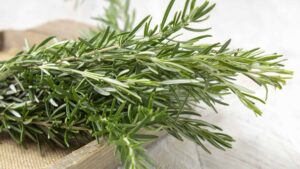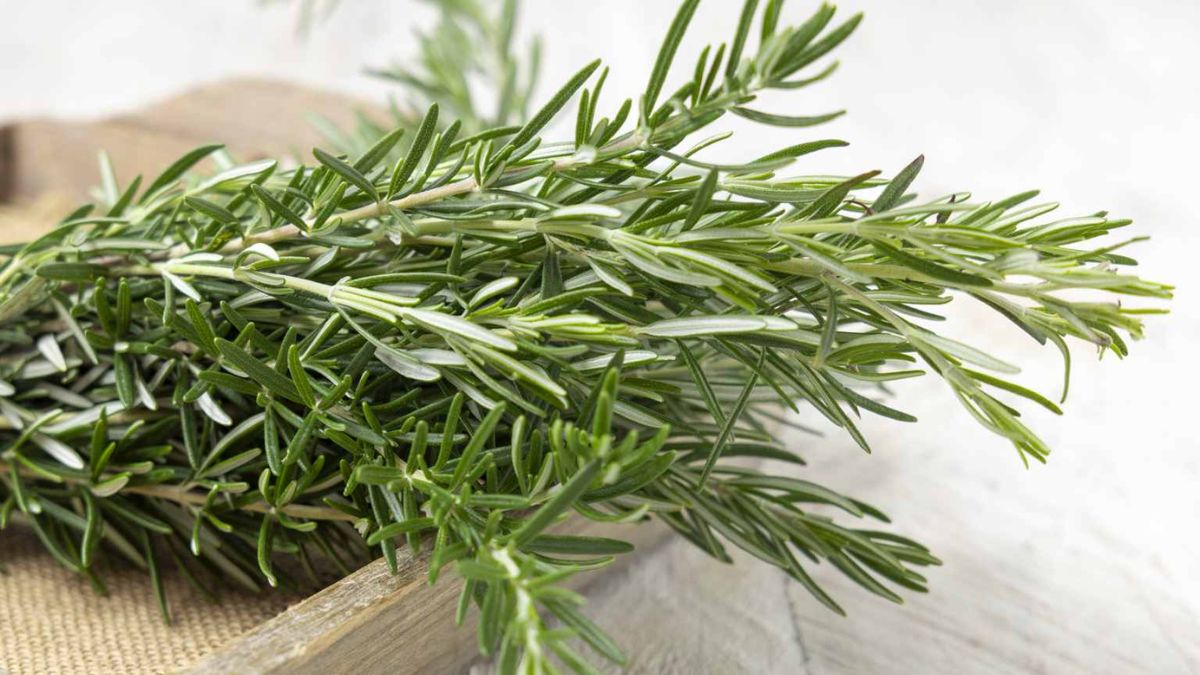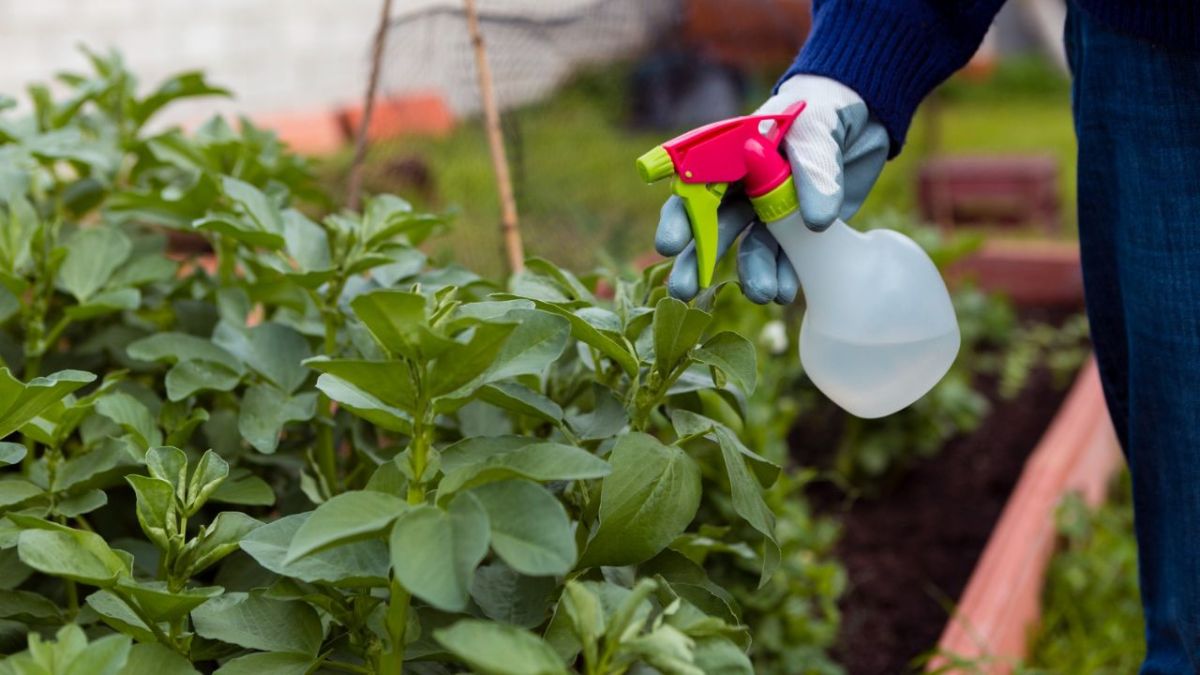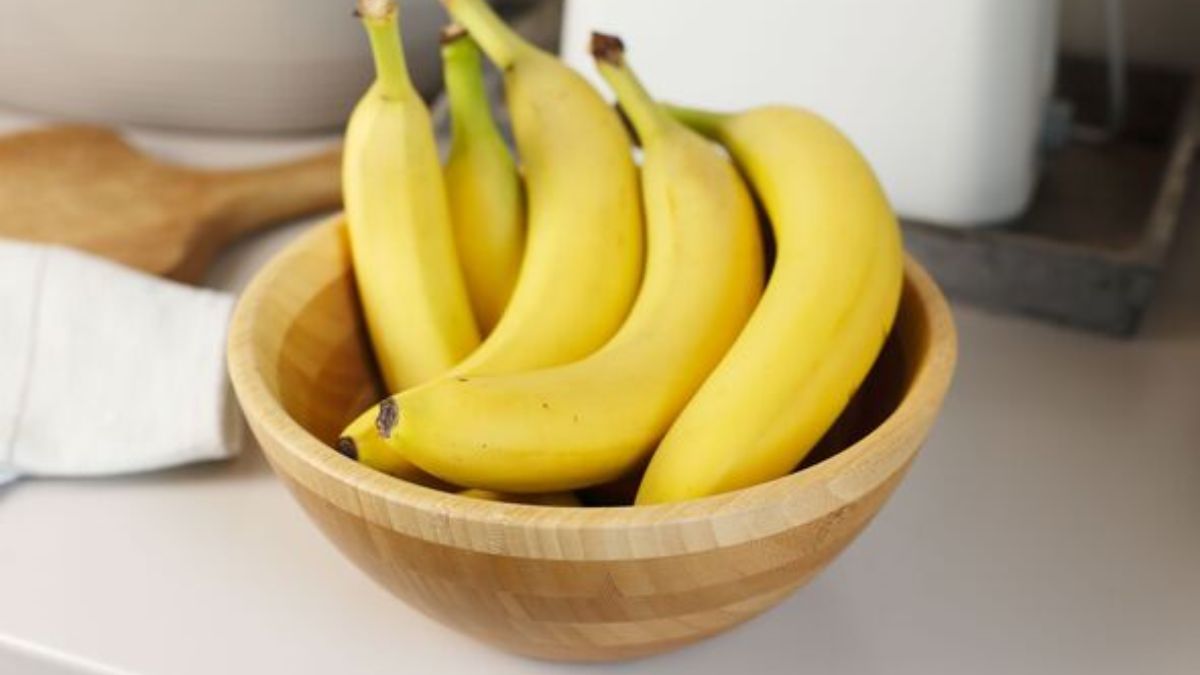A new natural compound may be the future of oral care — and it comes from guava leaves, apple peels, figs, and other everyday fruits. Researchers in Brazil and the UK have developed a morin-based powder that shows promise in fighting gum disease without the use of traditional antibiotics.
Table of Contents
Even more impressive? It can be released gradually using common polymers found in medicine, which means longer-lasting protection and fewer side effects.
Let’s look into how this unique powder works, why it matters, and what it means for the future of dental hygiene.
Discovery
The powder is made using morin, a natural flavonoid found in guava leaves, apple and fig peels, almonds, and some teas. While morin is already known for its anti-inflammatory, antioxidant, and antimicrobial properties, the real breakthrough came when scientists figured out how to deliver it slowly using a controlled-release polymer system.
Read Also- Daylight Saving Time 2025 – Clocks Will Fall Back Sooner This Year
This isn’t just about killing bacteria. It’s about offering a new way to treat and prevent gum disease without relying on antibiotics, which come with their own risks — like resistance, taste changes, or staining.
Development
The research was led by scientists at the Araraquara School of Dentistry at São Paulo State University (FOAr-UNESP) in Brazil, with collaboration from universities in the UK and other parts of Brazil.
Using spray-drying technology (yes, the same method used to create powdered milk), the team developed a fine morin powder that could be mixed into different oral care products — from tablets to mouth films or gels. The result? A practical and scalable approach that the industry could use in real-world products.
This innovation is especially useful for people with limited mobility, such as older adults or individuals with disabilities, who may not brush their teeth thoroughly.
How it works
Delivering morin to the mouth in a way that it sticks to teeth and gums is a major win. Our mouths naturally produce about 1 ml of saliva per minute, which quickly washes away anything you put inside — especially if it has a taste or scent.
But using sodium alginate and gellan gum, researchers created a sticky substance that holds onto oral surfaces longer. This ensures that the morin continues to act over time, even while saliva is present.
Controlled-release technology isn’t new in medicine, but it’s still rare in dentistry. So this study opens the door to new ways of thinking about oral health treatments.
Why morin?
Morin is affordable, natural, and easy to extract, but there’s a catch — simply eating foods with morin doesn’t provide enough of the compound to make a difference. That’s why researchers had to concentrate and process it into a powder.
According to lead researcher Luciana Solera Sales, morin isn’t just good at killing bacteria. It also shows anti-inflammatory and antioxidant effects, making it ideal for treating gum disease, which often involves swollen and bleeding gums.
Another bonus? When encapsulated in the controlled-release powder, morin doesn’t seem to stain teeth, unlike some current mouth rinses.
Periodontal Disease
Gum disease starts with plaque — a sticky bacterial film on your teeth. If not cleaned properly, this can lead to periodontitis, an advanced form of gum disease that causes tooth loss and serious inflammation.
Worldwide, gum disease is a massive issue:
| Statistic | Detail |
|---|---|
| Affected population | 3.5 billion people globally |
| Global prevalence | 45% of the world’s population |
| Chronic disease ranking | 6th most common chronic disease globally |
(Source: WHO, 2022)
While regular brushing and flossing help, not everyone can maintain perfect oral hygiene — especially older adults or people with disabilities. That’s why a treatment like morin, delivered through an easy-to-use powder or rinse, could make a real difference.
What’s Next?
So far, the morin powder has only been tested in laboratory settings on multispecies biofilms — lab-grown bacterial colonies designed to mimic real dental plaque. Researchers now plan to:
- Test morin in animal models
- Move to clinical trials with human patients
- Study long-term impacts on the balance of bacteria in the mouth
Importantly, scientists want to avoid killing all oral bacteria — many are actually beneficial. Instead, the goal is to reduce harmful strains without disrupting the natural ecosystem of the mouth.
A New Kind of Oral Care?
This discovery offers hope for a more natural, side-effect-free way to care for your gums — especially for people who want to avoid chemical-based products or antibiotics. And because morin is non-toxic, it could eventually be used in mouth rinses, toothpaste, or even dissolvable oral films.
Researchers are hopeful that their innovation could lead to a scalable product with real market potential. If it works, you might soon find morin-based mouth products on store shelves — and maybe say goodbye to antibiotics for your gum care routine.
FAQs
What is morin powder made from?
Guava leaves, apple and fig peels, and other fruits.
How does morin help gum disease?
It has antimicrobial, anti-inflammatory, and antioxidant effects.
Is morin an antibiotic?
No, it’s a natural compound that may replace antibiotics.
How is morin delivered to the mouth?
Using a polymer-controlled powder that sticks to oral surfaces.
Will morin stain teeth like mouthwash?
No, studies suggest it may avoid tooth discoloration.
















